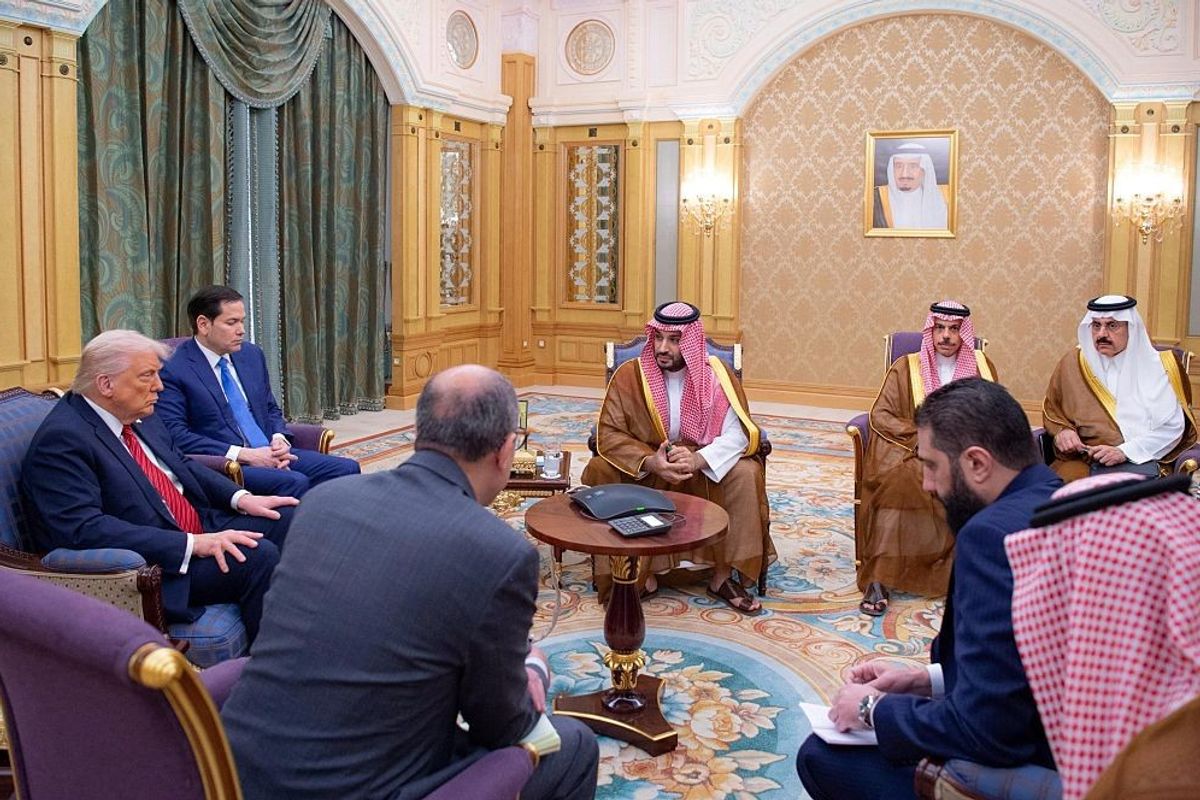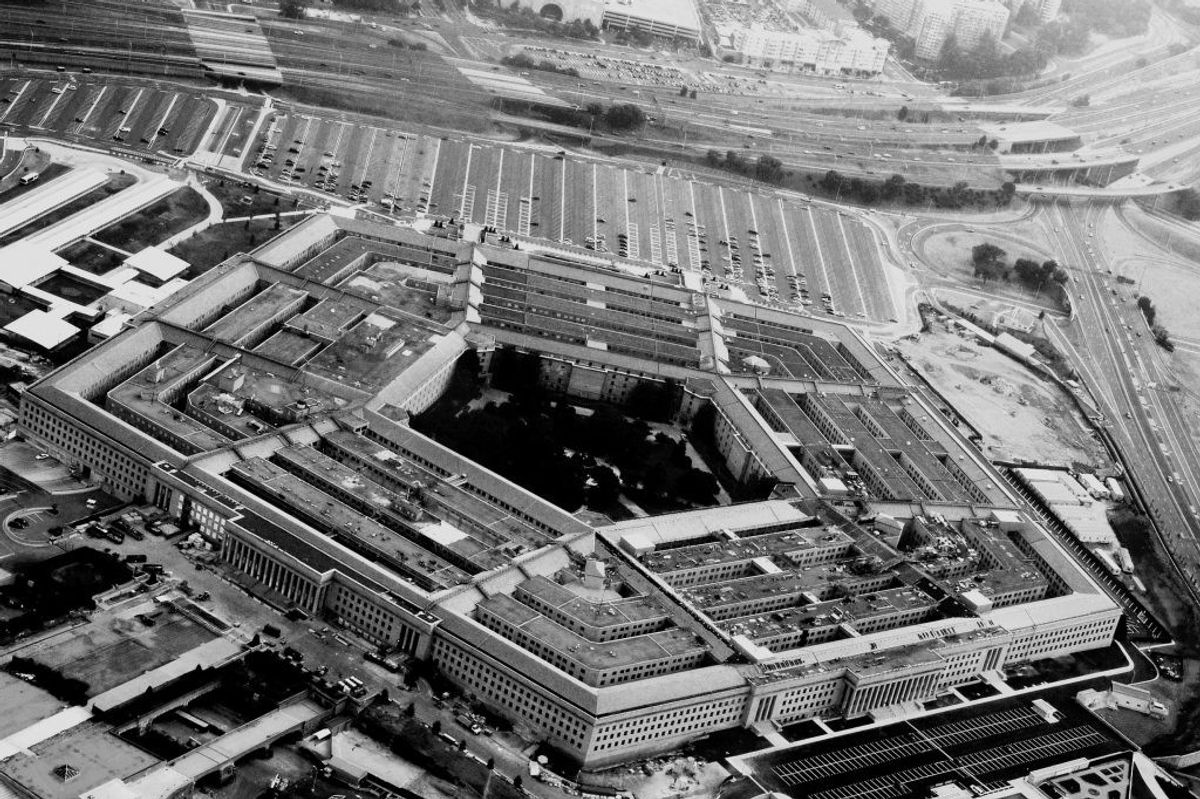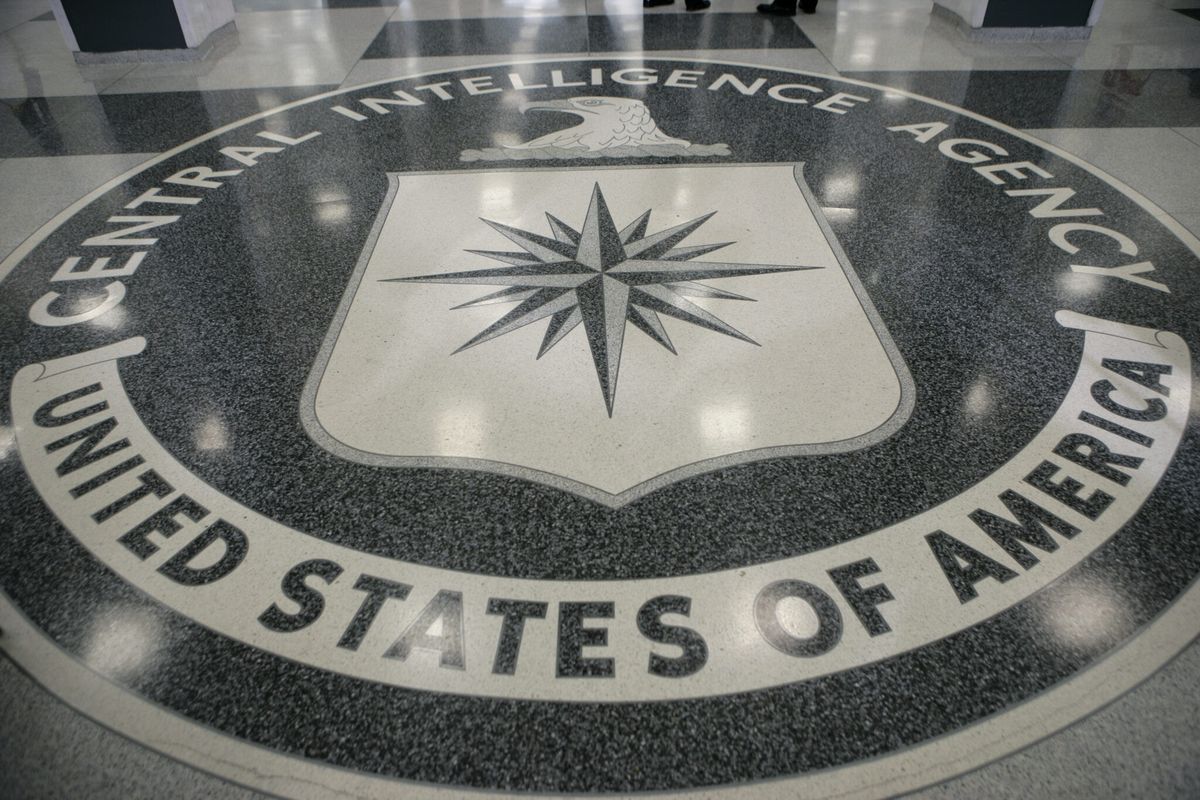The painting is compelling. The spy looks tense, perhaps a bit rushed. He casts a sidelong glance at the clock on the table as he photographs a document spread out on the chair in front of him. It is thirty minutes past midday—his lunch hour—and he is an agent of a government not his own.
His name is Adolf Tolkachev—an electronics expert who has access to highly-classified Soviet military intelligence. Tolkachev will become known as the “Billion Dollar Spy” because the secrets he stole saved the US government enough research and development money to fund CIA for a year. But it cost him dearly. Tolkachev was betrayed by a mole at CIA and executed by the Soviet government in 1986. His is one of many gripping stories told through the paintings of CIA’s Intelligence Art Collection.
Earlier this summer, I had the privilege of returning to the Agency for a short visit. It was good to be back. Some of the faces were familiar; many were not. One thing that’s stayed the same: CIA’s dedication to mission.
Museum Director Toni Hiley was kind enough to walk me though the Agency’s Intelligence Art Collection, a little known gallery of paintings depicting important events in CIA history. The collection is an example of the Agency’s efforts to preserve its rich heritage.
The idea for the collection was announced to the workforce in 2002 following an Employee Art Show presided over by then-Deputy Executive Director John O. Brennan. Today, the collection consists of 22 paintings featuring 8 artists, including a current CIA employee. The purpose of the paintings is to show the Agency’s history in cases where there are no artifacts or objects to otherwise tell the story.
"Earthquake’s Final Flight" was the first painting in CIA’s collection. Donated by the Fairchild Corporation, the painting commemorates the bravery of American contract pilots from Civil Air Transport (CAT), an Agency proprietary used to support French military operations in Vietnam.
On May 6, 1954 antiaircraft fire downed a Fairchild-built C-119 piloted by CIA contractors James McGovern—nicknamed “Earthquake McGoon”—and Wallace Buford. McGovern and Buford died in the crash. The crash site was not discovered until 2002 and DNA testing later confirmed McGovern’s remains. McGovern was buried with honors at Arlington Cemetery on May 24, 2007, fifty-three years after his death.
Several years ago I had the chance to visit the Defense POW/MIA Accounting Agency in Hawaii—the group responsible for finding and returning the remains of Americans who are listed as Prisoners of War (POW) or Missing In Action (MIA) from all past wars and conflicts around the world. Seeing "Earthquake" reminded me of the dedication and heroic work of those men and women.
In “Les Marguerites Fleuriront ce Soir” by Jeffrey Bass, Virginia Hall radios the British Special Operations Executive in London for supplies and personnel in support of the French resistance in World War II. Hall was a member of the Office of Strategic Services (OSS), CIA’s predecessor organization, where she was awarded the Distinguished Service Cross. She later joined CIA as one of its first female operations officers. Hall’s tradition is carried on by the women of today’s CIA, notably the band of sisters who led the charge in finding Osama bin Laden.
In addition to donations, several of the Agency’s paintings have been commissioned internally by one of CIA’s directorates—now analysis, operations, science & technology, support, and digital innovation. The purpose of these pieces is to highlight the role a directorate played in shaping the event in question.
"Cast of a Few, Courage of a Nation" by James Dietz was the first CIA painting commissioned by an internal component—in this case, the National Clandestine Service (NCS), which was renamed the Directorate of Operations earlier this year.
The NCS commissioned this painting to commemorate the Agency’s efforts in the weeks and months after 9/11 to prepare for the offensive against the Taliban in Afghanistan. The painting shows Agency officers offloading supplies from a Russian-built, CIA-modified MI-17 helicopter to an SUV. The small number of CIA personnel in the painting is a reminder of how much was accomplished by so few.
Reprints of “Courage” are available for purchase in CIA’s gift shop. Hiley noted that print #79 was presented to the family of Mike Spann, the officer commemorated by the 79th star on CIA’s Memorial Wall. Spann, the first American killed in Afghanistan after 9/11, was killed in a prison riot near Mazar-e-Sharif.
The Directorate of Science and Technology commissioned "ARGO - The Rescue of the Canadian Six," which depicts officer Tony Mendez preparing alias documents for the six American diplomats who escaped during the takeover of the U.S. Embassy in Tehran in 1979. The mission was depicted in a Hollywood movie.
I had the opportunity to meet Mendez and his wife at a CIA Officers Memorial Foundation dinner a couple of years ago. The only thing that was more impressive than his courage was his humility.
"Argo" is only one of three in the collection by a female artist. The artist—“Deborah D”—can only be identified by her first name because she’s also an employee of CIA.
Deborah D also painted "Message from Moscow," which was commissioned by CIA’s Open Source Center (OSC). The picture shows an example of the type of work performed by OSC’s predecessor, the Foreign Broadcasting Information Service (FBIS).
In October 1962, the Soviet Union dispatched a cable signaling its intent to comply with President Kennedy’s demand to remove medium-range ballistic missiles from Cuba. In addition, Moscow announced its decision publicly on Russian radio, which FBIS collected, translated, and flagged for the White House. As it turned out, President Kennedy got the radio message first and immediately responded via a State Department telegram.
The painting recalled a trip I took to an OSC location while my husband was director. I’m not at liberty to discuss what I learned, but let’s just say the OSC employees I met are doing work that would make their FBIS predecessors proud.
As my tour of the collection came to a close, I caught a glimpse of two Agency officers over Hiley’s shoulder. They had stopped in the middle of the gallery to get a closer look at one of the paintings. I couldn’t hear their conversation, but they were clearly reacting to the painting. Perhaps it spoke to them about their own experiences at the Agency. Perhaps it helped them visualize something they’d only read about. Whatever it was, it meant something to them.
Jeanine C. Hayden is the spouse of former CIA Director Michael Hayden. She is on the Board of Governors of the National Military Family Association.
All photos are courtesy of the Central Intelligence Agency.












